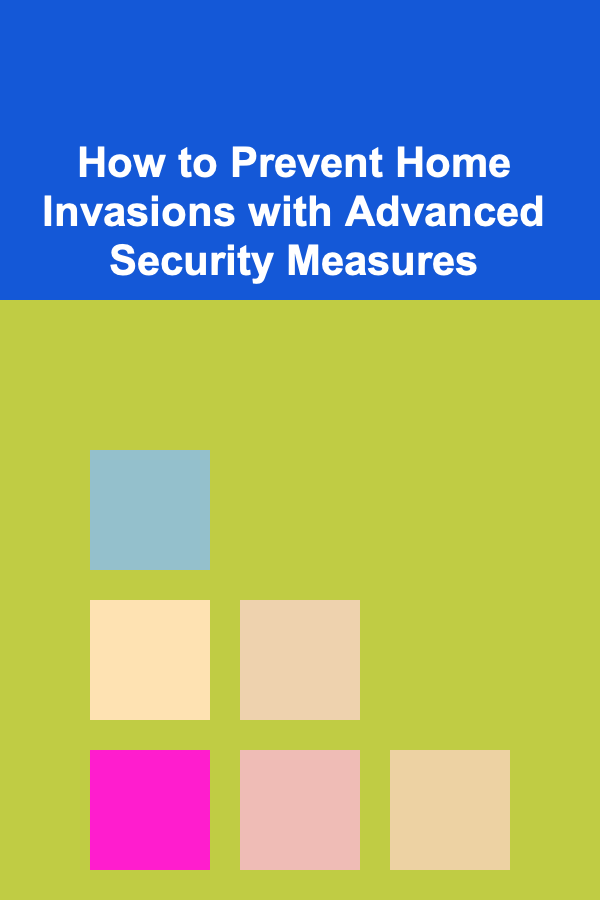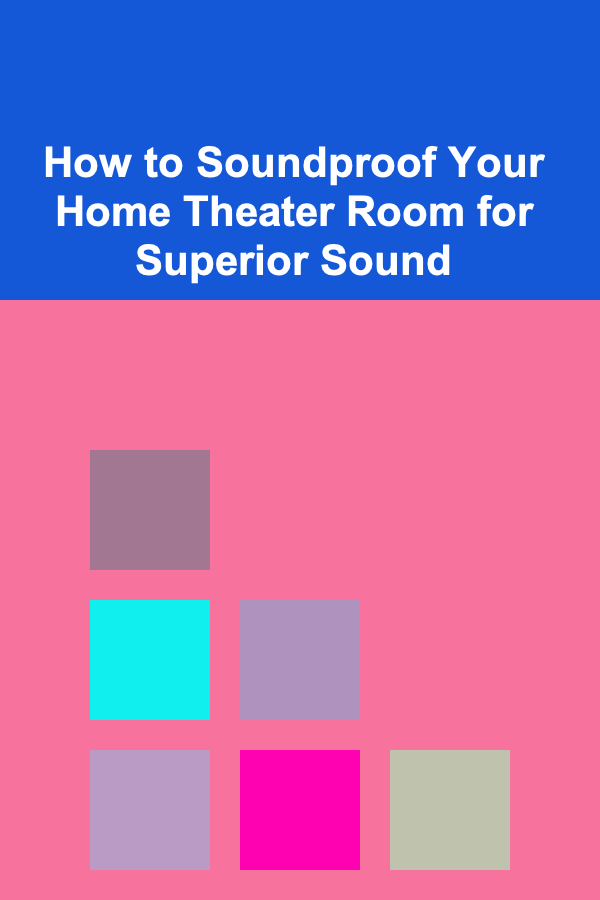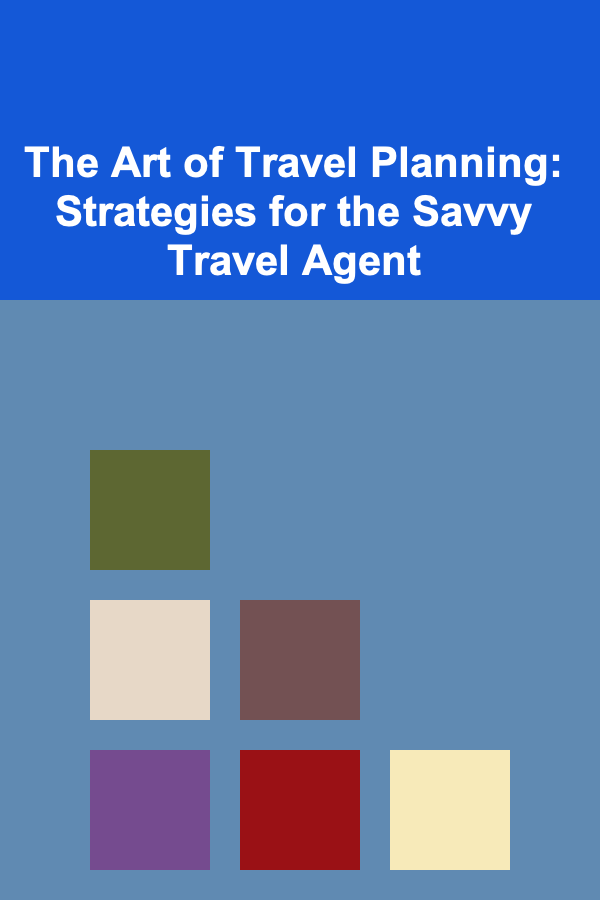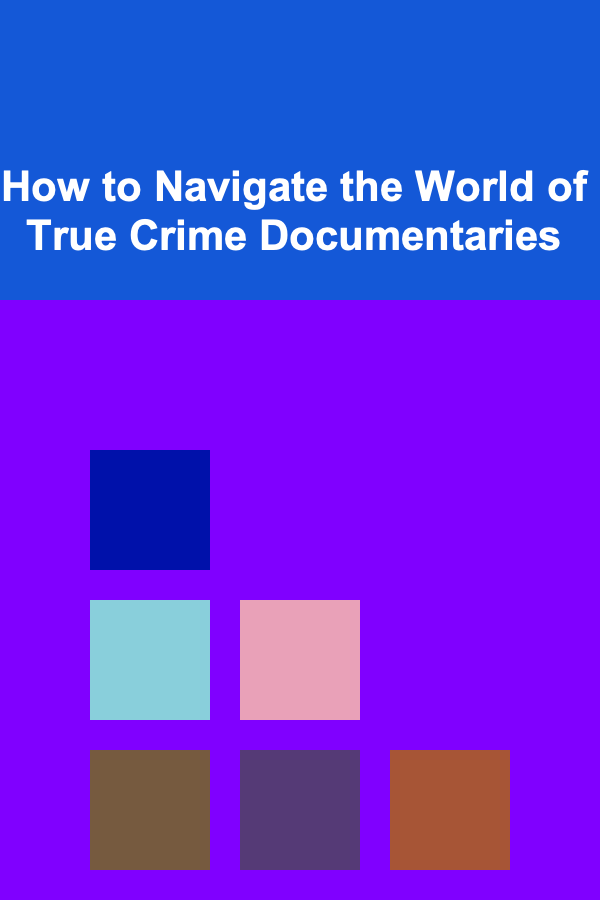
How to Journal Using Art: A Creative Self-Reflection Journey
ebook include PDF & Audio bundle (Micro Guide)
$12.99$9.99
Limited Time Offer! Order within the next:
Not available at this time

In a world where self-expression is often relegated to digital platforms, journaling provides a much-needed space for introspection and personal growth. While traditional journaling usually involves writing as the primary means of expression, art journaling takes this practice a step further by incorporating visual elements. This creative form of journaling allows individuals to explore their emotions, thoughts, and experiences in ways that transcend words.
Art journaling combines the therapeutic benefits of both writing and visual expression, creating an intimate, reflective process that can lead to profound personal discoveries. The act of visually documenting your inner world through colors, shapes, textures, and images can help articulate feelings that are difficult to express with language alone. By incorporating art into your journaling practice, you invite creativity, healing, and self-exploration into your daily life.
In this article, we will explore how you can journal using art as a tool for self-reflection, personal growth, and emotional healing. Whether you are a seasoned artist or someone with no formal artistic training, the following guide will help you unlock the potential of art journaling as a powerful tool for creative self-discovery.
The Benefits of Art Journaling
Art journaling is much more than a creative pastime; it can be a life-changing practice that enhances both your mental well-being and creative potential. Some key benefits of art journaling include:
1.1 Emotional Release and Healing
Creating art allows you to express emotions that might be difficult to verbalize. Sometimes, words cannot capture the complexity of feelings like grief, anxiety, joy, or confusion. By using colors, shapes, and textures, you can bypass cognitive barriers and allow your subconscious to guide the process, helping you connect with and process emotions.
1.2 Enhanced Self-Awareness
Art journaling encourages you to reflect deeply on your thoughts and emotions. The process of making art invites introspection, allowing you to explore your inner world and understand yourself better. Each journal entry is a mirror that reflects your current state, beliefs, and values, giving you the chance to evaluate and grow.
1.3 Stress Relief and Relaxation
Creating art is known to promote relaxation and reduce stress. The act of engaging in a creative process can be meditative, providing a break from the pressures of everyday life. Focusing on the sensory experience of making marks or choosing colors can transport you to a place of calm, where you are present in the moment.
1.4 Increased Creativity
Art journaling encourages you to experiment with new techniques, materials, and styles. This freedom fosters creativity and can lead to new artistic and personal discoveries. Over time, art journaling helps you cultivate a stronger connection with your creativity, enabling you to approach challenges from a more open and innovative mindset.
1.5 Documenting Your Journey
Just like a traditional journal, an art journal serves as a personal record of your experiences. However, it goes beyond written words to document your emotions, ideas, and growth visually. Looking back through your art journal allows you to witness your personal evolution, providing a tangible reminder of where you've been and how far you've come.
Getting Started with Art Journaling
Whether you are new to art or an experienced artist, starting an art journal is simple and accessible. The key is to approach it with an open mind, allowing yourself to explore without judgment or expectations.
2.1 Choose Your Journal
The first step in art journaling is selecting the right journal for your creative process. The type of journal you choose will depend on your preferences, the type of materials you plan to use, and the space you need to express yourself. There are several options to consider:
- Blank Sketchbooks: These provide ample space for drawings, sketches, and mixed-media art.
- Watercolor Journals: If you plan to work with paints or watercolors, a watercolor-specific journal with thicker paper is ideal.
- Altered Books: Some artists prefer to repurpose old books, transforming their pages into a canvas for creative expression. This adds an element of upcycling to the process.
Ultimately, the choice of journal is a personal one, and it's important to pick one that feels inviting and comfortable.
2.2 Gather Your Materials
Art journaling is flexible in terms of materials, so there is no need to invest in expensive supplies. Start with the basics and expand your toolkit over time. Essential materials include:
- Pencils: For sketching and outlining your ideas.
- Markers or Pens: For drawing, writing, and adding intricate details.
- Watercolors or Acrylic Paints: To add color and texture to your pages.
- Collage Materials: Cut-out images, magazine clippings, fabric, or textured papers can add depth and interest.
- Stamps, Stencils, and Stickers: Useful tools for adding patterns, words, and designs.
- Glue or Mod Podge: For attaching paper elements or creating a smooth, sealed finish.
The materials you use depend on your personal style and the kind of art you want to create. Don't be afraid to experiment with new supplies as you progress in your art journaling journey.
2.3 Set Up a Comfortable Space
Find a quiet, comfortable space where you can be free to explore your creativity without distractions. This could be a cozy corner of your home, a dedicated art studio, or even a coffee shop that inspires you. Ensure you have ample lighting and a sturdy surface to work on, whether it's a desk, table, or lap desk.
2.4 Establish a Routine
While there are no strict rules for how often you should journal, setting a regular routine can help cultivate consistency and mindfulness. Try to dedicate a few minutes or an hour each day or week to art journaling. The key is to make it a habit so that it becomes an integral part of your self-reflection and creative journey.
Techniques for Art Journaling
Art journaling is a deeply personal practice, and there are countless techniques and styles to explore. Some methods to consider include:
3.1 Free Writing and Sketching
One of the simplest ways to begin art journaling is to combine free writing and sketching. Begin by writing down whatever comes to your mind. This stream-of-consciousness writing can serve as a gateway to creative expression. Once you've written a few lines, use the text as inspiration for your artwork. You can illustrate your words with doodles, drawings, or abstract shapes that reflect the emotions you're experiencing.
3.2 Collage Art
Collage is a popular art journaling technique where you combine various materials like magazine clippings, photographs, fabric, and other textures to create a layered composition. This method allows you to tell a story through imagery, finding meaning in the juxtaposition of different elements. Collage art can be highly symbolic, creating visual metaphors for complex feelings or experiences.
3.3 Painting and Mixed Media
Painting with acrylics, watercolors, or even oil pastels can bring your art journal to life. Don't worry about creating a "perfect" painting; the focus is on expressing your emotions and ideas through color and texture. Combining painting with other media like markers, pencils, or stamping can create a rich, dynamic piece of art that tells a deeper story.
3.4 Mind Mapping and Visual Journaling
For those who prefer a more structured approach, mind mapping or visual journaling can help organize thoughts and ideas. Start by creating a central image or word that represents the theme of your journaling session. Then, branch out into different concepts, connecting them with lines, shapes, and drawings. This technique helps visualize abstract ideas and emotions, offering a clear, organized way to reflect on complex subjects.
3.5 Symbolism and Metaphors
Art journaling often involves using symbolism and metaphors to express ideas that may be difficult to articulate with words. For instance, you might draw a tree to represent growth, or use water to symbolize change. Paying attention to recurring symbols in your art journal can offer valuable insights into your subconscious thoughts, guiding your self-reflection process.
Using Art Journaling for Self-Reflection
Art journaling is more than just creating pretty pictures; it's a tool for self-reflection and growth. Here are some ways you can use art journaling to deepen your self-awareness:
4.1 Exploring Emotions
If you're feeling overwhelmed or unsure, an art journal can serve as an emotional outlet. Use it to explore complex feelings---whether it's joy, sadness, anger, or fear. Experiment with different colors, textures, and techniques to capture the nuances of your emotions. Art journaling can provide a safe space for emotional release, allowing you to process and understand your feelings in a non-judgmental way.
4.2 Setting Intentions and Goals
Art journaling can be a powerful tool for manifesting your goals and intentions. Create pages that reflect your aspirations, whether it's visualizing your ideal career, health, relationships, or personal growth. By using art to illustrate your goals, you activate your subconscious mind to align with these desires, reinforcing your commitment to achieving them.
4.3 Tracking Personal Growth
Over time, your art journal can serve as a visual record of your personal development. Each page holds a snapshot of who you were at a specific point in time, allowing you to track your growth. When you look back at your past entries, you may notice patterns or insights that help you understand how far you've come and what areas still require attention.
4.4 Healing from Trauma
For those recovering from emotional or physical trauma, art journaling can be an essential healing tool. It allows you to process pain and loss through creative expression, without the need for words. Whether it's drawing, painting, or collaging, art journaling gives you the freedom to express and release pent-up emotions that might otherwise be suppressed.
4.5 Building Mindfulness
Art journaling encourages mindfulness by helping you focus on the present moment. As you immerse yourself in the creative process, you become more attuned to your thoughts, feelings, and surroundings. This practice can improve mental clarity and provide a sense of peace and calm.
Embracing the Journey of Art Journaling
Art journaling is not about creating perfect pieces of art. It is a journey of self-expression, personal exploration, and emotional release. There are no rules or expectations---only the freedom to experiment, reflect, and grow. Whether you use your art journal as a tool for healing, creativity, or self-reflection, the process of journaling through art can be profoundly transformative.
By embracing this creative practice, you open the door to endless possibilities for self-discovery. Your art journal becomes a safe space where you can express yourself authentically, reflect on your emotions, and document your personal evolution. Ultimately, art journaling is a tool for connecting with your true self, inviting you to explore the depths of your imagination, emotions, and experiences. So, grab a journal, some art supplies, and embark on your own creative self-reflection journey---one brushstroke at a time.

How to Build a Budget-Friendly Home Renovation Timeline
Read More
How to Create a Recipe Binder for Easy Access
Read More
How to Prevent Home Invasions with Advanced Security Measures
Read More
How to Soundproof Your Home Theater Room for Superior Sound
Read More
The Art of Travel Planning: Strategies for the Savvy Travel Agent
Read More
How to Navigate the World of True Crime Documentaries
Read MoreOther Products

How to Build a Budget-Friendly Home Renovation Timeline
Read More
How to Create a Recipe Binder for Easy Access
Read More
How to Prevent Home Invasions with Advanced Security Measures
Read More
How to Soundproof Your Home Theater Room for Superior Sound
Read More
The Art of Travel Planning: Strategies for the Savvy Travel Agent
Read More